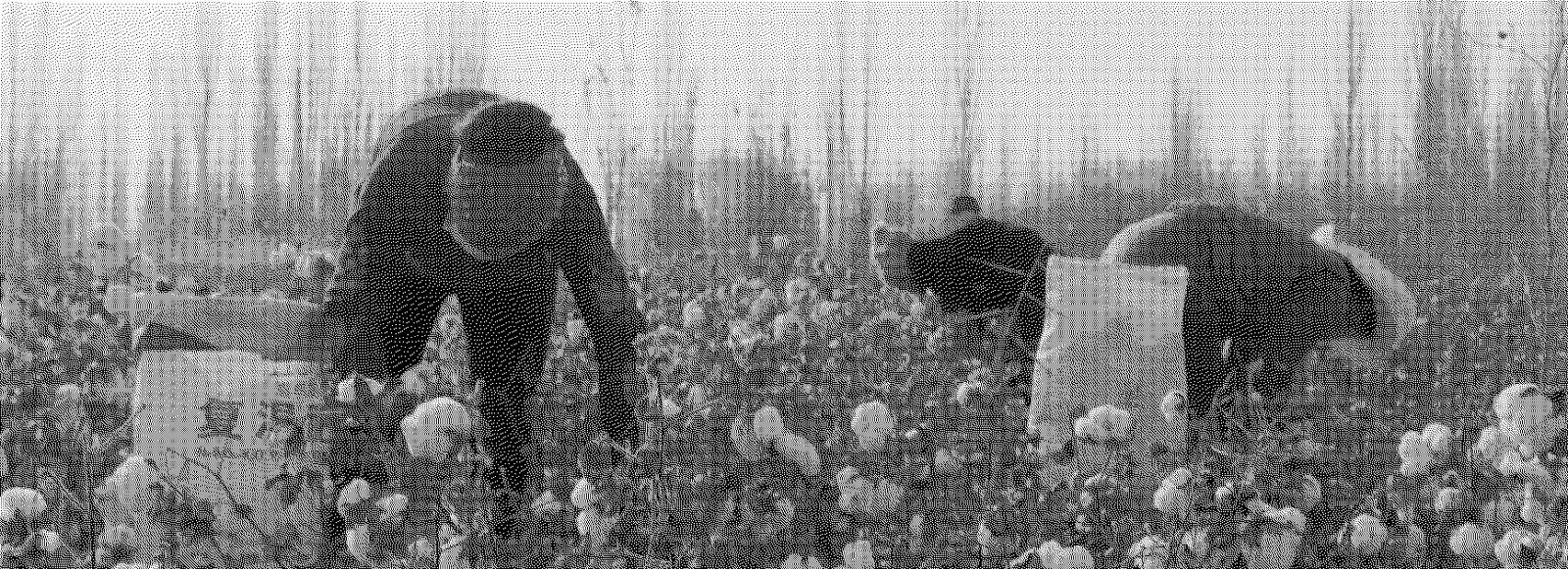Coerced cotton picking in Xinjiang
A new report based on government documents and state media reports implicates the entire supply chain of cotton from Xinjiang in forced labor, from harvest to factory.

About 20% of the world’s cotton comes from China, and about 85% of that comes from the Uyghur region. “Ample sunshine, arid weather and large temperature differences between day and night make Xinjiang an ideal place to grow the natural fiber,” says state news agency Xinhua. It’s also an ideal place to take advantage of coerced labor:
“Factories of Turkic Muslim internment, part of China’s reeducation camp system, are subsidized and directed by the state, and employ many former detainees at a fraction of minimum wage,” wrote our Xinjiang columnist, Darren Byler, in 2019. He added that companies, both Chinese and foreign, are taking advantage.
The scale of abuse is even greater than previously thought, according to new research from scholar Adrian Zenz, who has trawled through government websites and state media reports that show that systemic forced labor is affecting the entire cotton industry in Xinjiang.
- Zenz has been one of the most prolific researchers of abuses in Xinjiang, which has earned him character attacks from China’s defenders, including the Foreign Ministry, which today accused him (in English, Chinese) of “making a living from fabricating rumors and slanders against China” in response to his new report.
Whereas previous documentation of Uyghur forced labor have focused on abuses in manufacturing, and particularly by the industrial-military conglomerate known as the Xinjiang Production and Construction Corps, the new report shows that the coercion extends to the picking of the cotton itself, and “provides evidence for coercive labor related to all cotton produced in Xinjiang.” According to the report:
- In 2018, “three Uyghur regions alone mobilized at least 570,000 persons into cotton-picking operations through the government’s coercive labor training and transfer scheme.”
- Although the report does not document a relationship with China’s campaign of mass internment, “these labor transfers can include persons who have been released from internment camps.”
The BBC reviewed Zenz’s work and combined it with on-the-ground reporting from Xinjiang, exposing an enormous new internment camp right next to a factory in the city of Kuqa: video, text.
See also:






